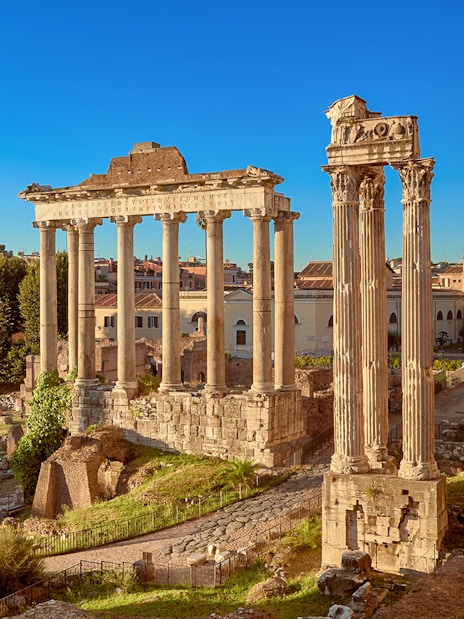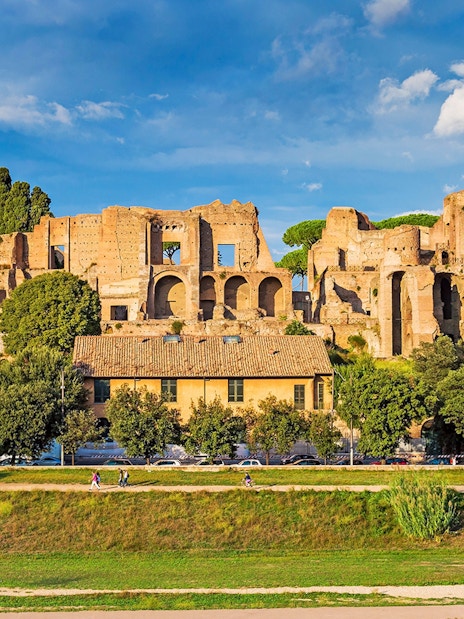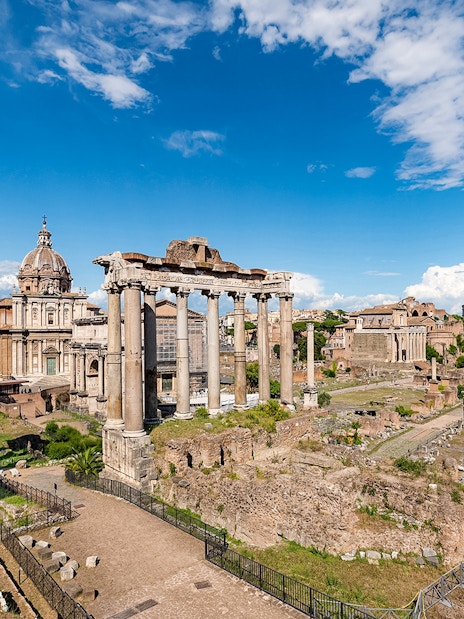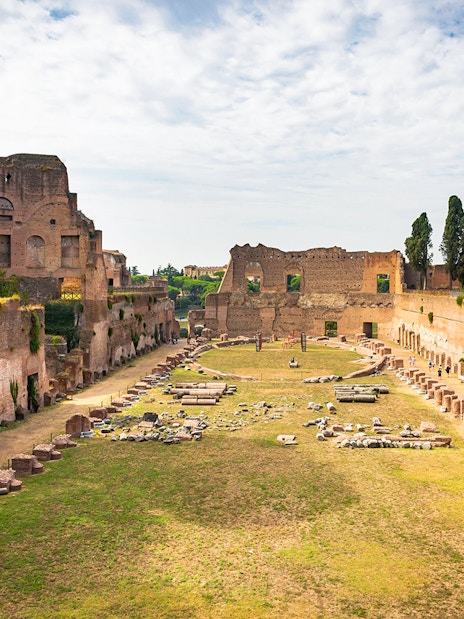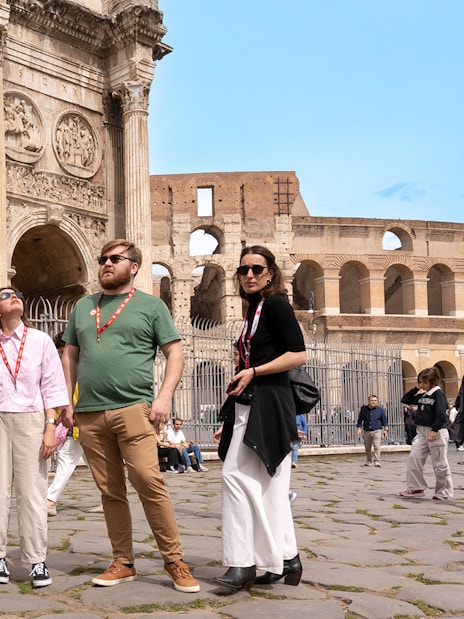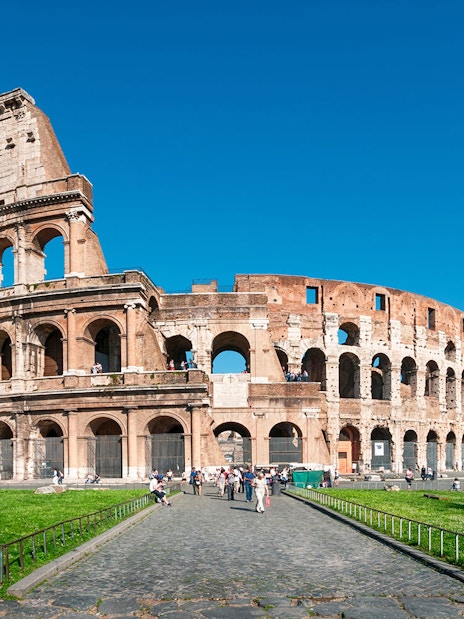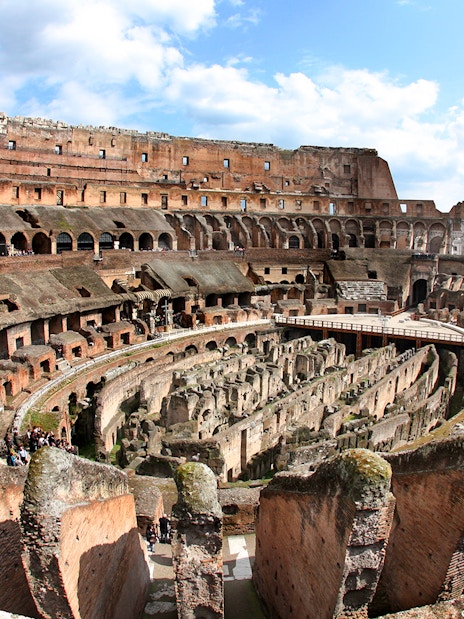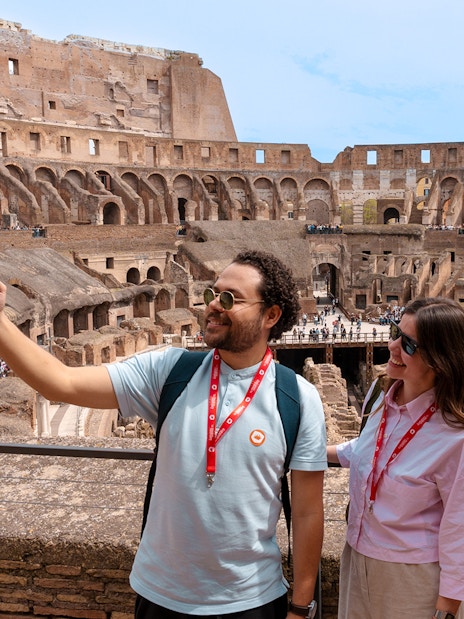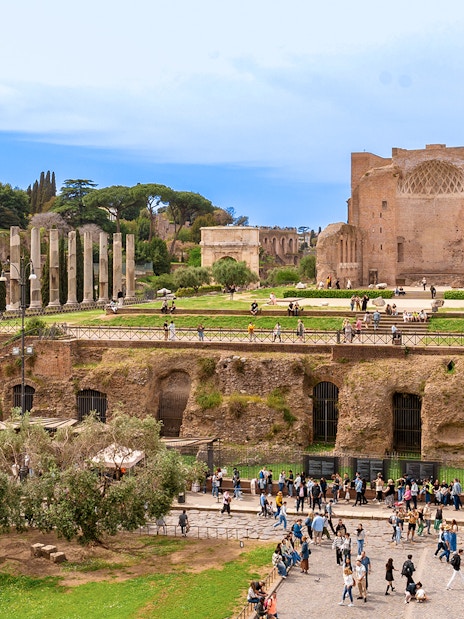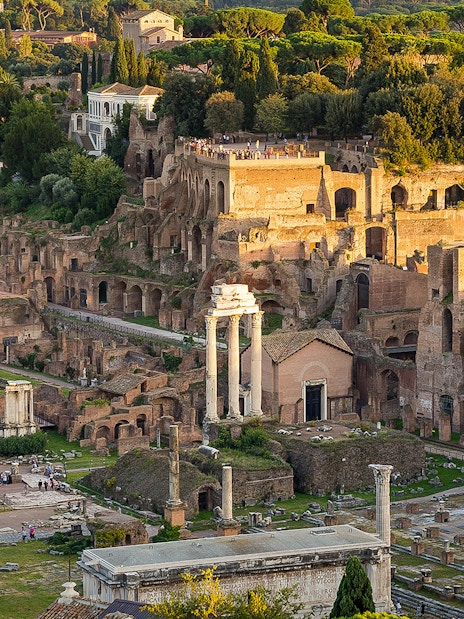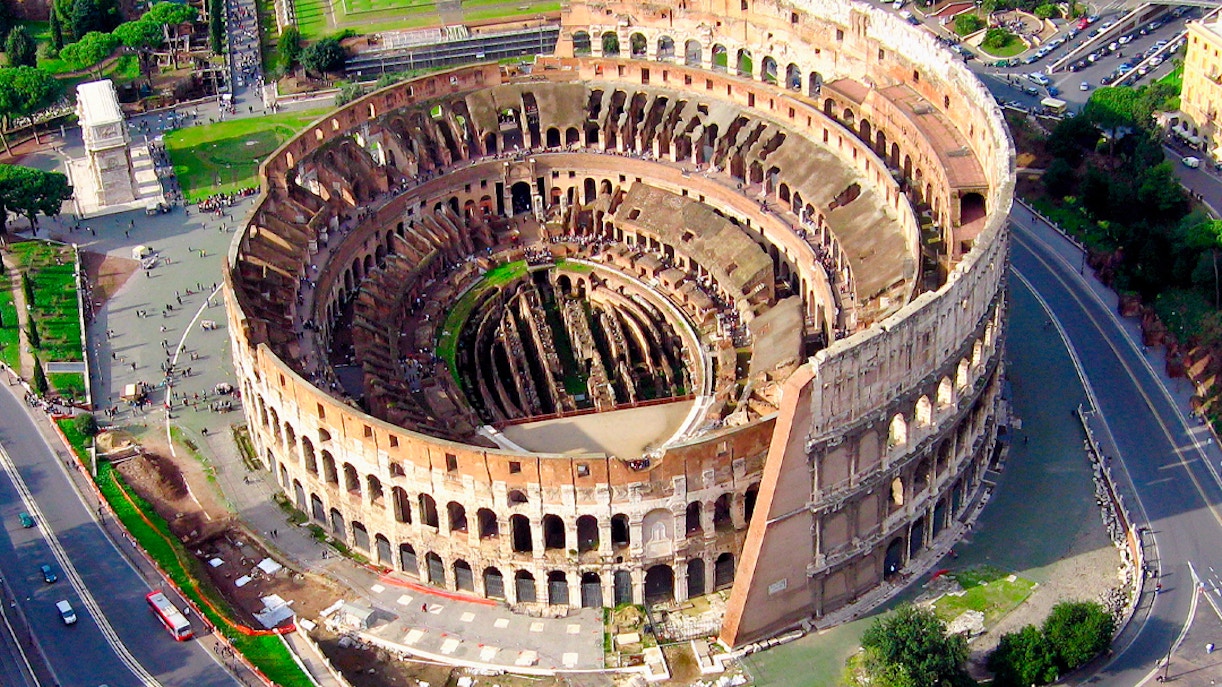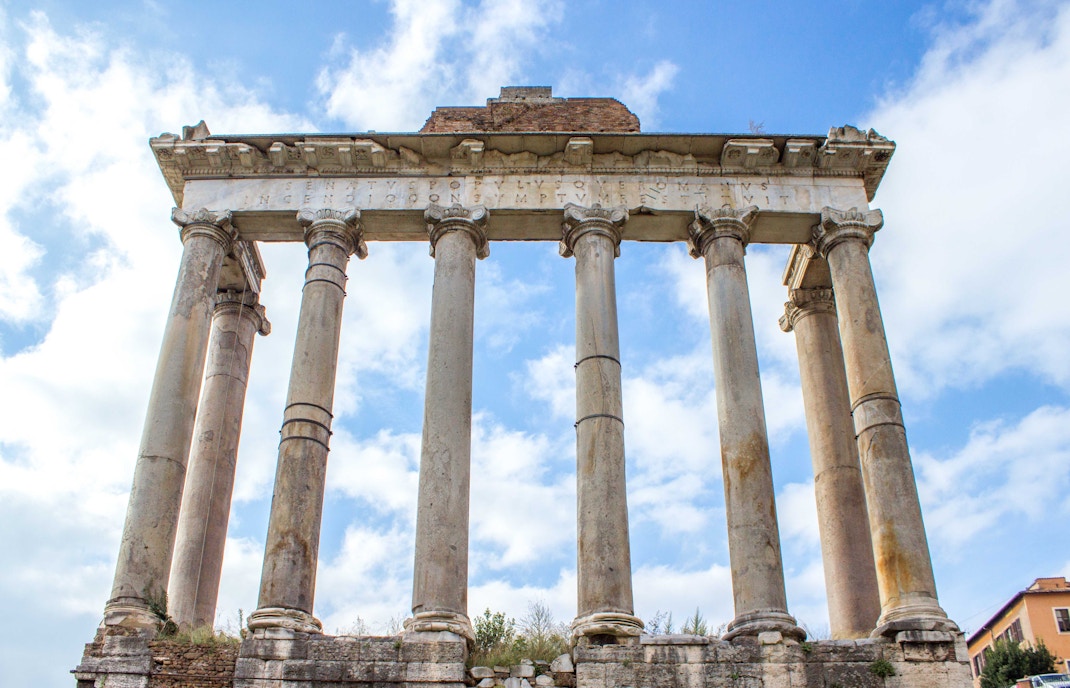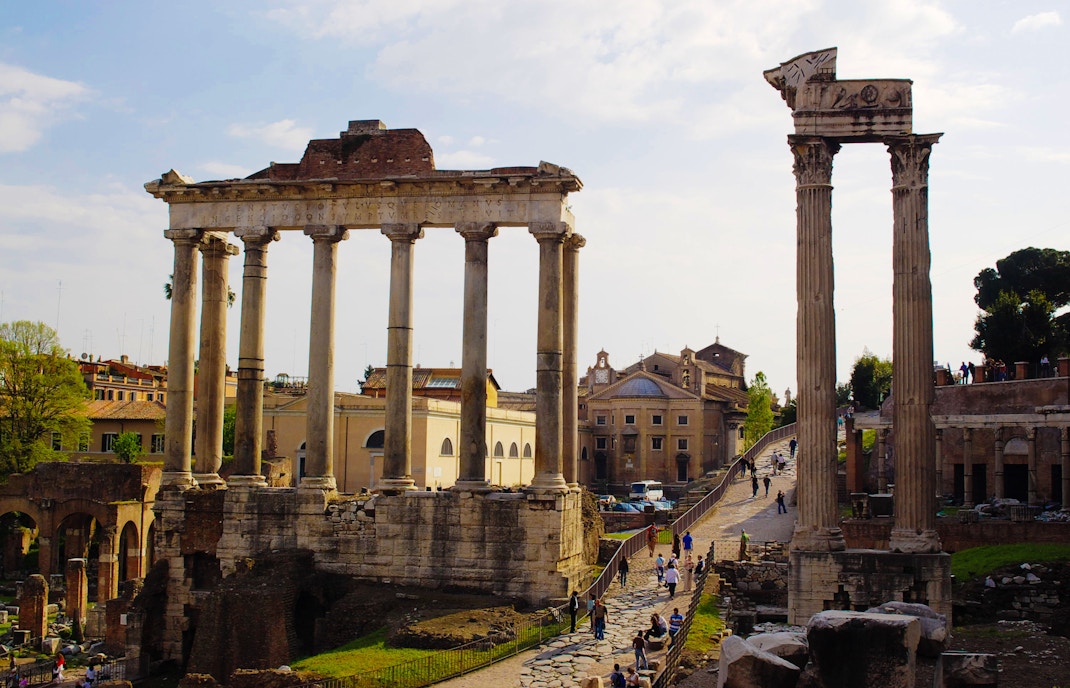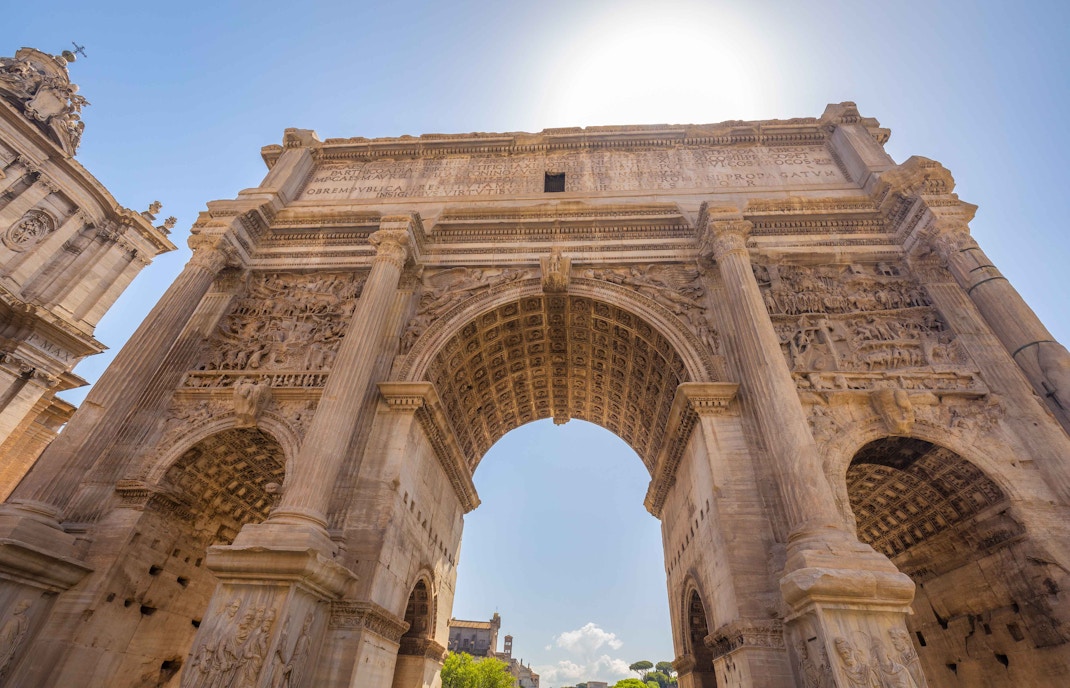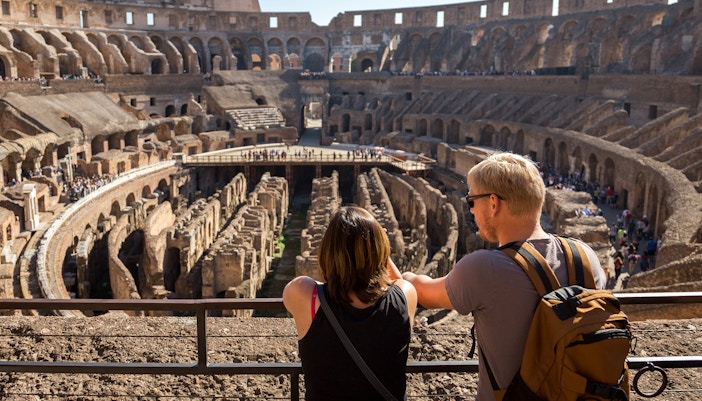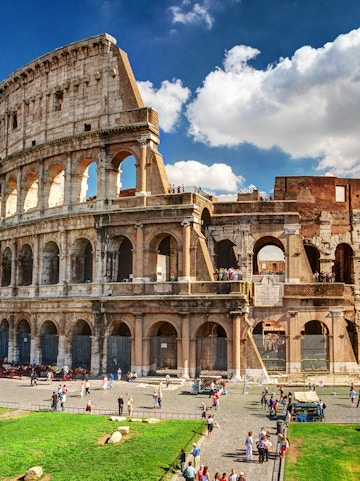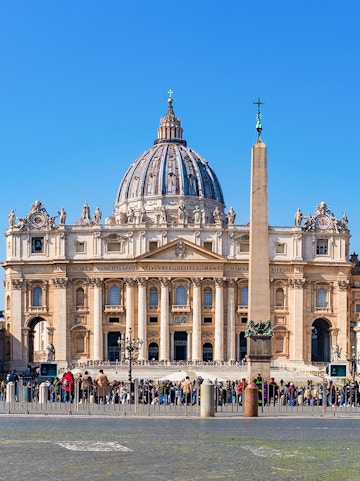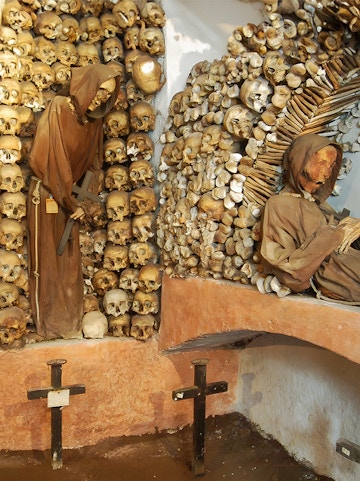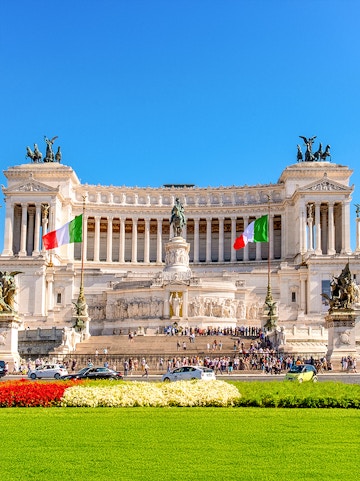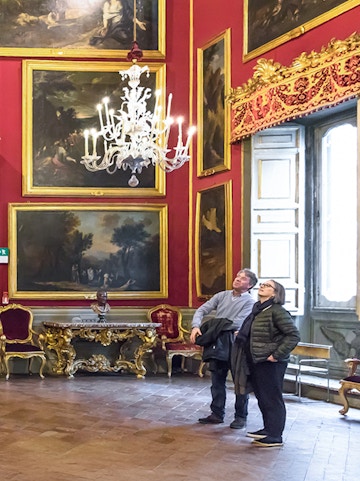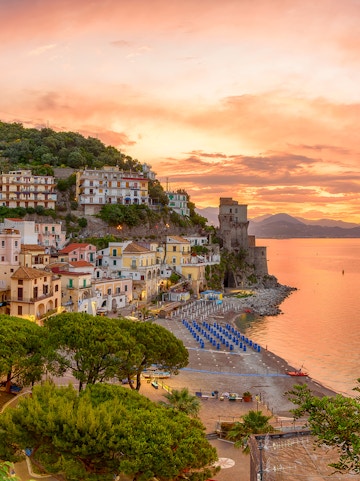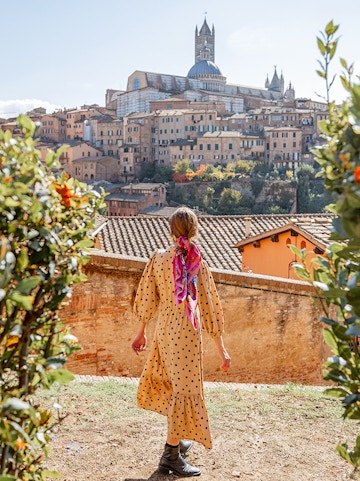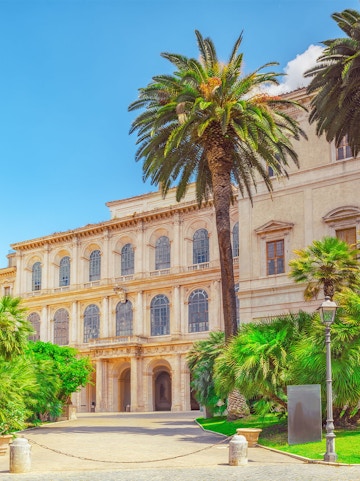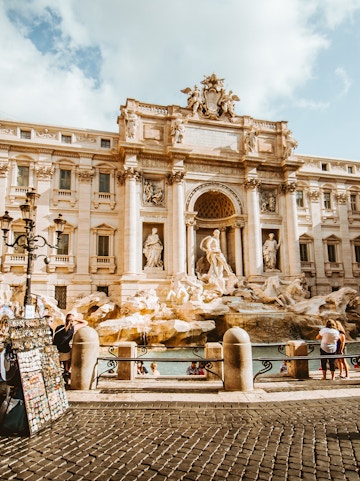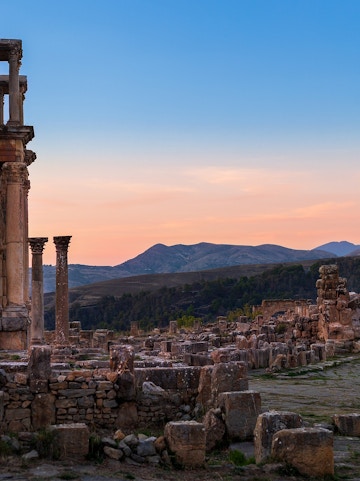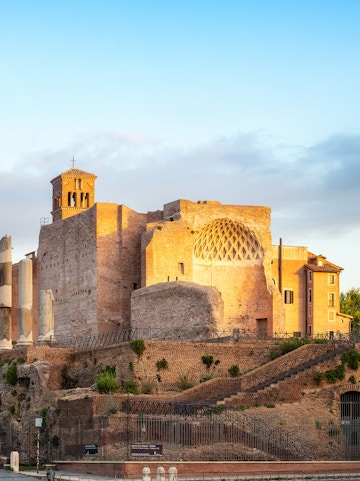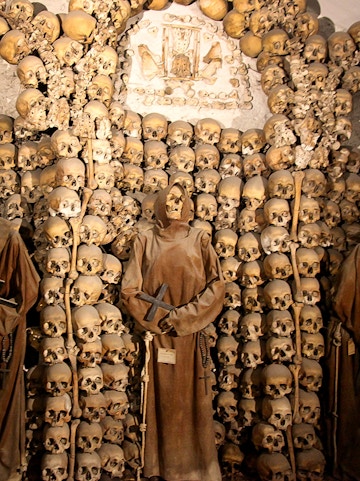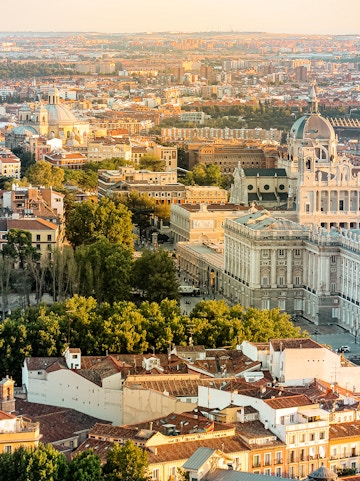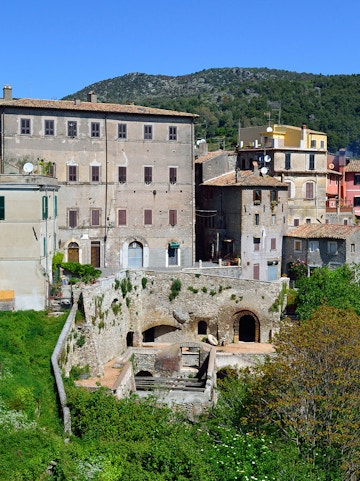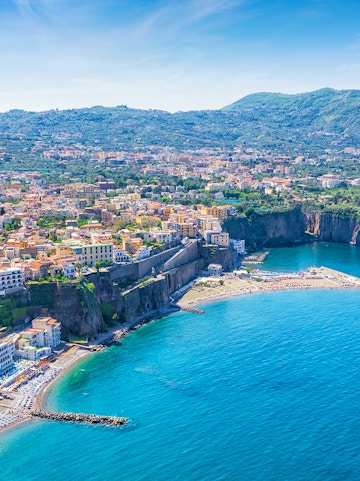Forum Romanum: Krótka oś czasu
📍 Okres przedrzymski (753-716 p.n.e.) - skromne początki
Zanim Rzym stał się Rzymem, nisko położona dolina, która miała stać się Forum, służyła jako podmokły dom dla pierwszych osadników. Bliskość Tybru sprawiła, że było to idealne miejsce dla rolnictwa, słodkiej wody i wczesnych budynków mieszkalnych.
📍 Królestwo Rzymskie (625-510 p.n.e.) - Narodziny miasta
Romulus, legendarny założyciel Rzymu, założył miasto i ufortyfikował je murami wzdłuż Palatyna. Forum zaczęło nabierać kształtu jako centralne miejsce spotkań w młodym królestwie.
📍 Republika Rzymska (509-27 p.n.e.) - Powstanie centrum obywatelskiego
Forum stało się politycznym, prawnym i handlowym sercem Republiki. Ikoniczne struktury, takie jak Kuria (Dom Senatu), Rostra (platforma mówców) i Bazylika Julia, przybrały formę, w której odbywały się procesy, przemówienia i targi.
📍 Cesarstwo Rzymskie (27 p.n.e.-476 n.e.) - Serce imperium
Gdy cesarze doszli do władzy, Forum przekształciło się w ceremonialne i duchowe epicentrum Rzymu. Triumfalne parady, festiwale religijne i cesarskie przemówienia uczyniły z niego wielką scenę życia publicznego.
📍 Okres średniowiecza (476-14th Century) - Upadek w ruinę
Po upadku imperium Forum zostało splądrowane i zaniedbane. Niegdyś scena dla wielkich mówców historii, stała się pastwiskiem, nazwanym Campo Vaccino- Krowim Polem.
📍 Renesans (XIV-XVII wiek) - iskra odrodzenia
Ciekawość humanistów ożywiła zainteresowanie starożytnym Rzymem. Odkryte na nowo ruiny zainspirowały artystów i architektów, a kilka struktur Forum zostało przekształconych w kościoły, łącząc tradycje klasyczne i chrześcijańskie.
📍 Era wykopalisk (XIX-XX wiek) - Odkrywanie przeszłości
W 1803 roku archeolog Carlo Fea rozpoczął oficjalne wykopaliska na Forum Romanum. Przez ponad sto lat prowadzono wykopaliska, powoli odsłaniając warstwy rzymskiej historii pogrzebane pod wielowiekową ziemią i gruzem.
📍 Dzisiaj - Historia na żywo
Obecnie zachowane jako stanowisko archeologiczne na świeżym powietrzu, Forum Romanum zaprasza miliony ludzi na spacer po ruinach politycznego i duchowego centrum Rzymu - trwałego przypomnienia monumentalnego dziedzictwa imperium.
Wieloletnia historia Koloseum


